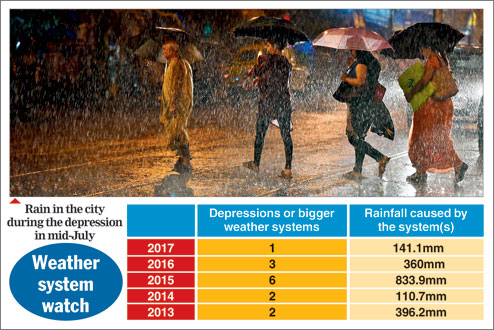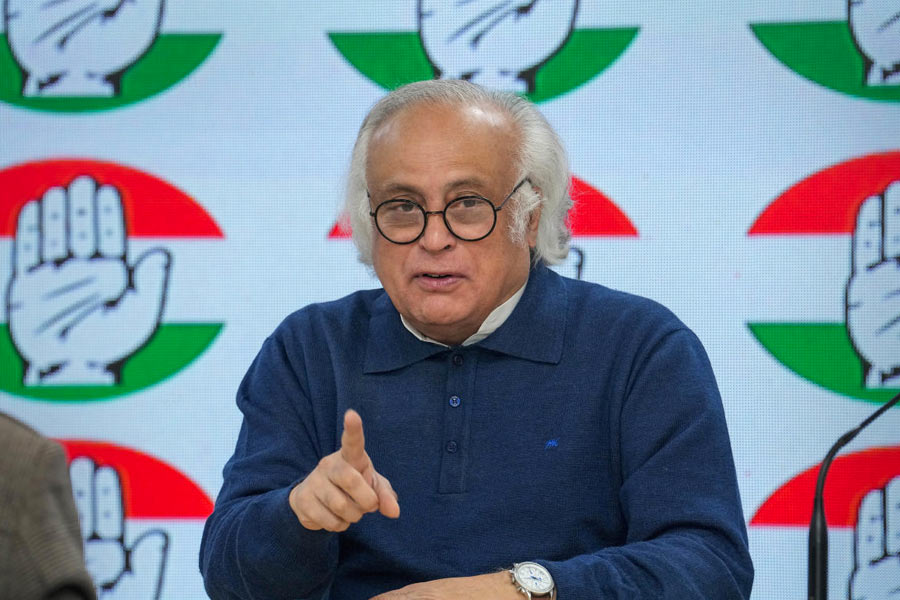
June 25: Increased exposure to dangerous micro pollutants such as ozone and benzene has added a footnote to Calcutta's air toxicity tale built around the old adversary: fine particulate matter tiny enough to invade the lungs with every breath.
According to a study by the West Bengal Pollution Control Board, the presence of ozone, carbon monoxide, benzene and benzo(a)pyrene in the air has been increasing across greater Calcutta, although still within the national limit.
The report does not mention data from Howrah and Hooghly, which were found to be more polluted than Calcutta in terms of particulate matter in the 2015 study. Metro has a copy of the recently published report.
Average ozone concentration within Calcutta increased by about 31 per cent from 2013 to 2015. When inhaled, ozone can damage the lungs and even low amounts can trigger chest pain, cough, shortness of breath and throat irritation. According to experts, exercising while exposed to high levels of ozone in the air is likely to increase risk of respiratory disease.
The bigger worry is an increase in the presence of benzene and benzo(a)pyrene within greater Calcutta, particularly the northern fringe. Benzene concentration within Calcutta may have declined a little, but that of benzo(a)pyrene has increased nearly 47 per cent in three years. In North 24-Parganas, both benzene and benzo(a)pyrene levels have risen.
Benzene exposure increases the risk of cancer, besides bone marrow failure and chromosomal damage. It also affects the liver, kidneys, lungs, heart and brain.
Benzo(a)pyrene, which can enter the body by inhalation, is known to cause respiratory tract irritation. Prolonged exposure to benzo(a)pyrene also messes up the reproductive system.
The level of carbon monoxide was found to be "mostly in control", apart from during the Diwali period when it shot up to 4.9 micrograms per cubic metre of air, against the national limit of 4 micrograms.
"We need to particularly monitor benzene and benzo(a)pyrene, extremely lethal carcinogenic pollutants, as these originate from diesel combustion. Since greater Calcutta continues to be the diesel capital with more than 95 per cent commercial vehicles, many of them old and polluting, the presence of these two pollutants may rise with time," said Anumita Roy Choudhury of the Centre for Science and Environment.
An official of the state environment department said monitoring of micro air pollutants needed more focus. "Though particulate and nitrogen oxide pollution are the major problems in Calcutta, we also need to keep tabs on the smaller pollutants like ozone, carbon monoxide, benzene and benzo(a)pyrene."










